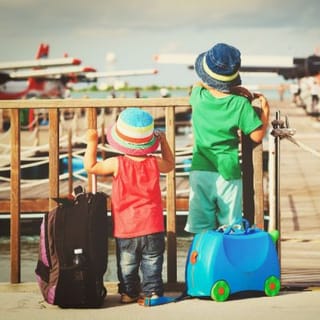 Children may face the same health risks as their parents during travel, but the health consequences can be more serious. For example, some illnesses can be difficult to recognize in children especially if they can’t talk yet to express what they are feeling, or children may be more likely to encounter health risks such as animals because of their size and curiosity. If you are planning to travel with children familiarize yourself with the information on this page to help everyone stay safe and healthy.
Children may face the same health risks as their parents during travel, but the health consequences can be more serious. For example, some illnesses can be difficult to recognize in children especially if they can’t talk yet to express what they are feeling, or children may be more likely to encounter health risks such as animals because of their size and curiosity. If you are planning to travel with children familiarize yourself with the information on this page to help everyone stay safe and healthy.
Visit the CDC™ Traveling with Children page for helpful resources on travel including:
- Safe food and water precautions, diarrhea management and insect protection when traveling abroad
- Modifying the immunization schedule
- Traveling while pregnant
- Travel and breastfeeding
- International adoptions
